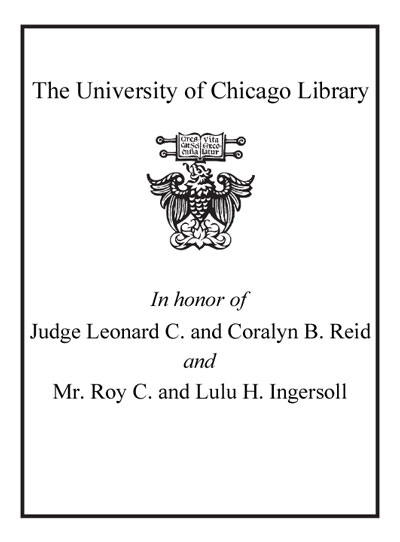Review by Choice Review
The interaction between peoples and flora provides insights into resource selection, utilization, and ecological alterations. This important contribution provides an in-depth analysis of Woodland period people and plant interactions in the Middle Atlantic Delaware River watershed region. To accomplish this task, Messner (Smithsonian) constructed a regional starch grain comparative reference collection, establishing the largest published assemblage of economic starches in eastern North America. Using starch grain analysis, analyzing microscopic plant residues adhering to artifacts from 12 Woodland period archaeological sites, the author interprets the data from a biocultural perspective, giving attention to the physiologic implications of consumption in association with the selection of plant resources in local economies. To further comprehend flora selection and use, he draws on the evolutionary concept of niche construction that proposes that humans interact with their environment, altering it consciously and unconsciously, shaping the ecosystem. In an era of postprocessual interpretations in archaeology, it is refreshing to encounter a study that is firmly grounded in empirical data, enriched by theory. Readers will discover a clearly written study in association with an invaluable reference database that is a contribution to Eastern Woodland archaeology and ethnobotany. The work will certainly provide a foundation for further research. Summing Up: Highly recommended. All levels/libraries. G. R. Campbell The University of Montana
Copyright American Library Association, used with permission.
Review by Choice Review

